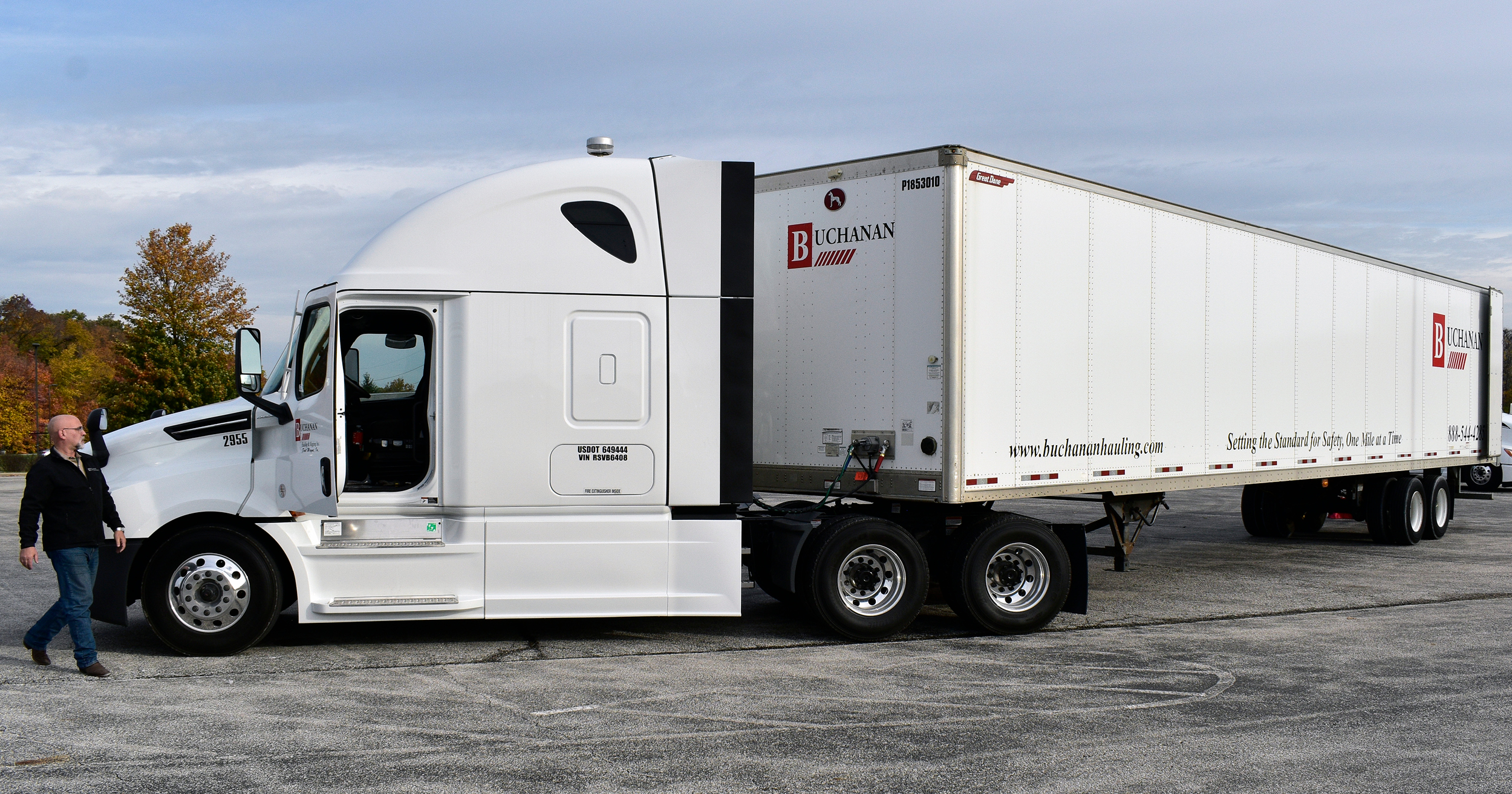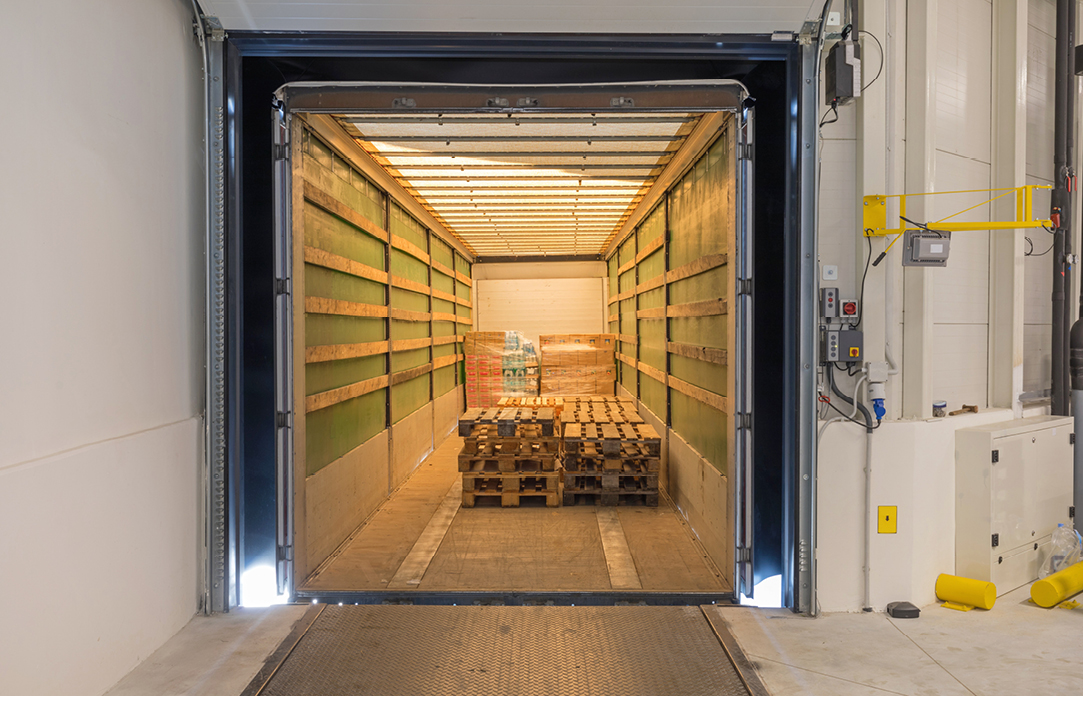
In trucking logistics, effective load planning is essential. It requires adherence to equipment specifications, weight restrictions, and compatibility with cargo types. By distributing freight weight evenly and ensuring regulatory compliance, planners minimize the risk of accidents and damage. Efficient loading involves optimizing space utilization, and considering factors like cargo shape and size, while effective supply chain planning relies on seamless communication between stakeholders.
To enhance efficiency, leveraging route optimization software and prioritizing vehicle maintenance are just a couple of crucial areas to pay attention to. Additionally, investing in employee training and utilizing predictive analytics can optimize load management. Dynamic route planning solutions further adapt routes in real-time, bolstering operational adaptability. Overall, this article offers practical insights for streamlining operations and overcoming challenges in trucking logistics, emphasizing the importance of efficient load planning for industry competitiveness.
LOAD PLANNING
Equipment / Weight Restrictions
Proper load planning depends significantly on equipment and weight limitations. Evenly distributing the weight of freight minimizes the risk of accidents or damage resulting from imbalanced loads. Various factors, such as the vehicle’s weight capacity, interior size, lift gate needs, and refrigeration capabilities, dictate the compatibility of loading different types of cargo together. Load planners must confirm that the cargo matches the appropriate equipment to adhere to these restrictions.

Freight Optimization
Some products need particular handling and storage conditions. For example, certain items may require transportation in temperature-controlled environments, while others must be kept away from hazardous materials. Ensuring compatibility of the cargo helps minimize the risks of damage, contamination, and other issues.
Dimension Considerations
Efficient loading depends greatly on the size, shape, and dimensions of items or shipments. While neatly stacking square items is easier than irregularly shaped cargo, modern load planning tools can efficiently optimize any type of cargo. The aim is to arrange pieces like a puzzle to reduce empty space and maximize utilization.
Strategically arranging freight to minimize wasted space and fill gaps is essential. This involves considering the shape and size of shipments and adjusting loading techniques accordingly, where load planning tools can provide valuable assistance.
Regulatory Compliance
Planners need to ensure that shipments comply with relevant regulations, such as weight limits, dimensions, hazardous material requirements, and other important factors. Failure to do so may result in penalties and delays.

Supply Chain Partnerships
Effective supply chain planning impacts all areas of the supply chain. It is crucial for shippers and carriers to communicate efficiently to plan loads effectively. Providing information like shipment quantities, delivery dates, storage space, and inventory levels helps in maximizing loads using different transportation modes.
Loading/Unloading Limitations
The layout and arrangement of loading and unloading zones have a significant impact on space availability and ergonomics. For example, a site with a limited dock and narrow ramp may present difficulties for specific cargo setups or the ability of the truck to maneuver for access.
OPTIMIZATION
Route Optimization Software Utilization:
Upgrade to modern route optimization software to find the quickest routes, which saves time and fuel and enhances delivery punctuality. At Buchanan, we use advanced technologies to optimize routes and monitor loads in real time, addressing issues promptly. Utilizing these tools is crucial for improving load planning.
Vehicle Maintenance Focus:
Set up a proactive maintenance timetable for trucks. Consistent inspections and timely repairs decrease the likelihood of breakdowns, guaranteeing seamless logistics operations. Ultimately, load optimization results in cost savings across labor and maintenance expenses. Some facilities operate an in-house repair shop to help their drivers get quick and affordable service during their time at home.

Employee Training and Process Development:
Allocate resources to continuous training initiatives for drivers and logistics personnel. Ensuring everyone stays abreast of industry standards, safety measures, and emerging technologies foster a proficient and effective workforce. At Buchanan, we are rolling out a comprehensive training program for all employees. This is to equip them with the knowledge while providing better service to our clients.
Streamlining Your Loading / Unloading:
Improve loading and unloading processes to reduce downtime. Organized warehouse operations and structured loading techniques support quicker turnarounds and improved efficiency. Cargo organization is key to optimizing vehicle space and considering both delivery and pickup situations. Combine shipments with similar routes or destinations to form efficient load packages, cutting down on trips and increasing delivery capacity. Implementing these methods promotes a more seamless and automated load optimization procedure.
Predictive Analytics Use:
Use predictive analytics to predict demand, plan inventory effectively, and improve supply chain efficiency. By anticipating needs, resources can be allocated more efficiently, resulting in improved responsiveness. Utilize data analytics and machine learning to analyze historical and current load optimization data. The information obtained allows for well-informed decisions on route planning, load distribution, and demand forecasting, ultimately leading to optimized and efficient load management.

Route Planning Dynamics:
Incorporate dynamic route planning solutions that adapt routes instantly to changing factors like traffic, weather, and unforeseen incidents. This guarantees the selection of the most efficient paths, cutting down on transit durations and fuel usage. These features bolster adaptability and operational efficiency, aligning with the dynamic aspects of logistics.
In the end, improving efficiency in truck logistics is essential for successfully navigating industry challenges. This article presents practical suggestions for streamlining operations, increasing productivity, and overcoming obstacles in the dynamic world of trucking logistics. For logistics managers struggling with inefficient cargo loading methods that lead to unused truck space and unnecessary delivery trips, the consequences can be significant. These include delays, higher fuel costs, customer dissatisfaction, and profit losses.
Load optimization is a key solution that involves arranging cargo strategically to maximize space in each vehicle and fully utilize truck capacity for every shipment. Strategies like using route optimization software, prioritizing vehicle maintenance, investing in staff training, and employing predictive analytics offer comprehensive approaches to improving efficiency and responsiveness in logistics operations. By implementing these suggestions, logistics professionals can transform their load planning processes, drive efficiencies, and enhance their competitiveness in the constantly changing trucking logistics industry.



